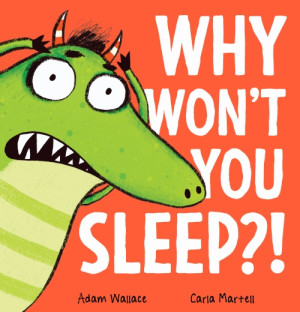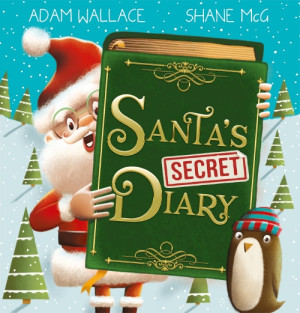

Writing memorable good guys & bad
Ever wondered why SO many stories feature a clash between good guys and baddies? Learn all about writing memorable, interesting heroes & villains and some tips for creating characters who really collide, in this super-fun lesson!
Video Chapters:
00:00 Introduction
00:23 Meet the creators
00:59 Story good guys and baddies
03:40 How to make a great story antagonist
05:20 Things to remember
06:54 Final words of advice
07:51 Here’s what we’ve learned
 Learning Intentions
Learning Intentions
1. Learning about story protagonists and antagonists, and how this dynamic can function as a driving force in stories.
2. Thinking about character creation – ways we can give our heroes and villains motivation, depth and personality, and how characters can help shape story plots.
SUCCESS CRITERIA:
1. Created an outline of a hero and villain character, and have identified different questions to ask when planning characters.
2. Demonstrated understanding of the concept of motivation through writing samples.
3. Have the beginnings of an idea to build into a story.
 Discussion Questions
Discussion Questions
PRE-VIDEO:
- Think about the stories you know that have a ‘good character’ and a ‘bad character’. Can you list some of these stories?
- Lots of stories seem to have heroes and villains! Why do you think this is?
- Do you have a favourite hero? What about a favourite villain?
POST VIDEO:
- Bernard said that lots of stories have a clash between good guys and bad, because ‘it’s great in a story when the main character has something to do.’ What does a ‘bad guy’ give a main character 'to do' in a story?
- Adam talks about why conflict between good guys and baddies is important. Do you remember why he said it was important?
- Adam explains how he makes his villain OBSESSED with what they want to do. Why do you think a villain's goals are so important when planning a story?
- Bernard told us that it’s okay to start creating our hero and villain characters without knowing the end-point. What sorts of things might you discover about your hero and villain if you experiment with characters in this way?
- Adam mentions that it’s good to make your heroes and villains different, but with some parts that might be the same. Why do you think giving your hero and villain
some similarities might be useful in a story? - Adam also says that it’s handy to ask what would your hero like least, then make your villain do that thing. What will this create in your hero/villain dynamic?
 Curriculum Links
Curriculum Links
Australian Curriculum V9.0 Links
ENGLISH Y3-4
Language:
● Text structure and organisation: AC9E3LA03, AC9E4LA03
Literature:
● Literature and contexts: AC9E3LE01, AC9E4LE01
● Engaging with and responding to literature: AC9E3LE02, AC9E4LE02
● Examining literature: AC9E3LE03, AC9E4LE03
● Creating literature: AC9E3LE05, AC9E4LE05
Literacy:
● Analysing, interpreting and evaluating: AC9E3LY03, AC9E4LY03, AC9E3LY05,
AC9E4LY05
● Creating texts: AC9E3LY06, AC9E4LY06
GENERAL CAPABILITIES
LITERACY
Writing:
● Creating texts: Crafting ideas Level 5-6
Reading and Viewing:
● Understanding texts: Comprehension Level 5-6
CREATIVE AND CRITICAL THINKING
Generating:
● Create possibilities: Level 3
Reflecting
● Transfer knowledge: Level 3









-thumb.jpg)
